How do you grow food on the moon? The answer is with moondust and a lot of Aggie ingenuity. Jessica Atkin, a postdoctoral graduate student and researcher in Texas A&M University’s Department of Soil and Crop Sciences, collaborated with a colleague at Brown University to produce a first: chickpeas grown in moondust.
The moondust was simulated, but Atkin and her colleagues were able to grow chickpeas in mixtures of up to 75% moondust. Because of her research, future moon-bound astronauts could substitute prepackaged foods with protein from crops grown on the moon’s surface.
“The moon doesn’t have soil like Earth does,” Atkin said. “On Earth, the soil has organic material filled with nutrients and microorganisms, which support plant growth. Those are missing on the moon. This adds to other challenges, such as reduced gravity, radiation and toxic elements.”
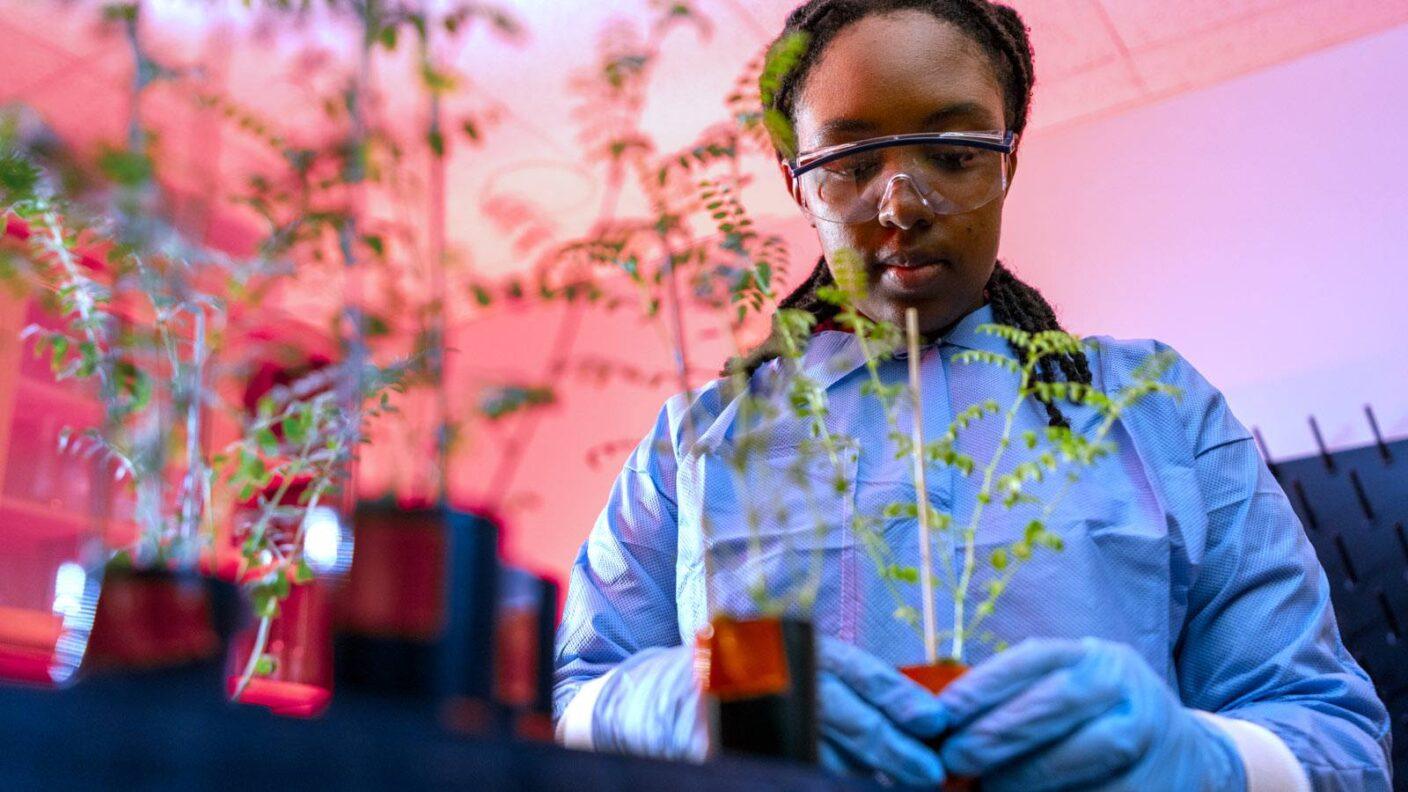
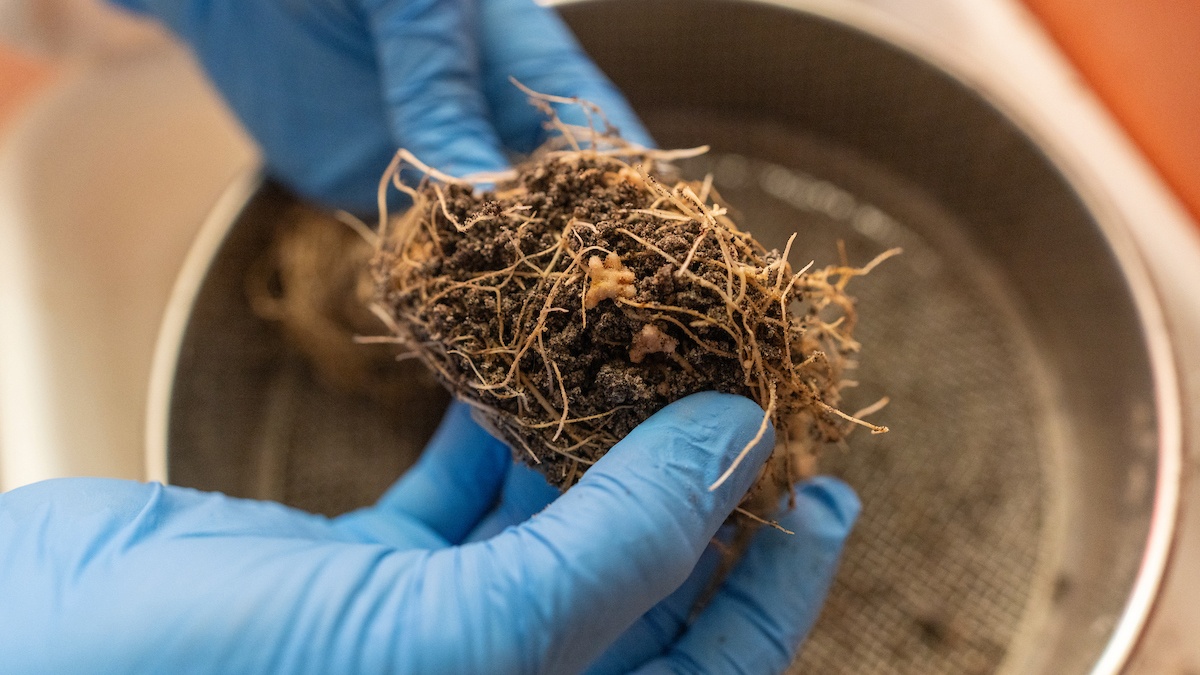
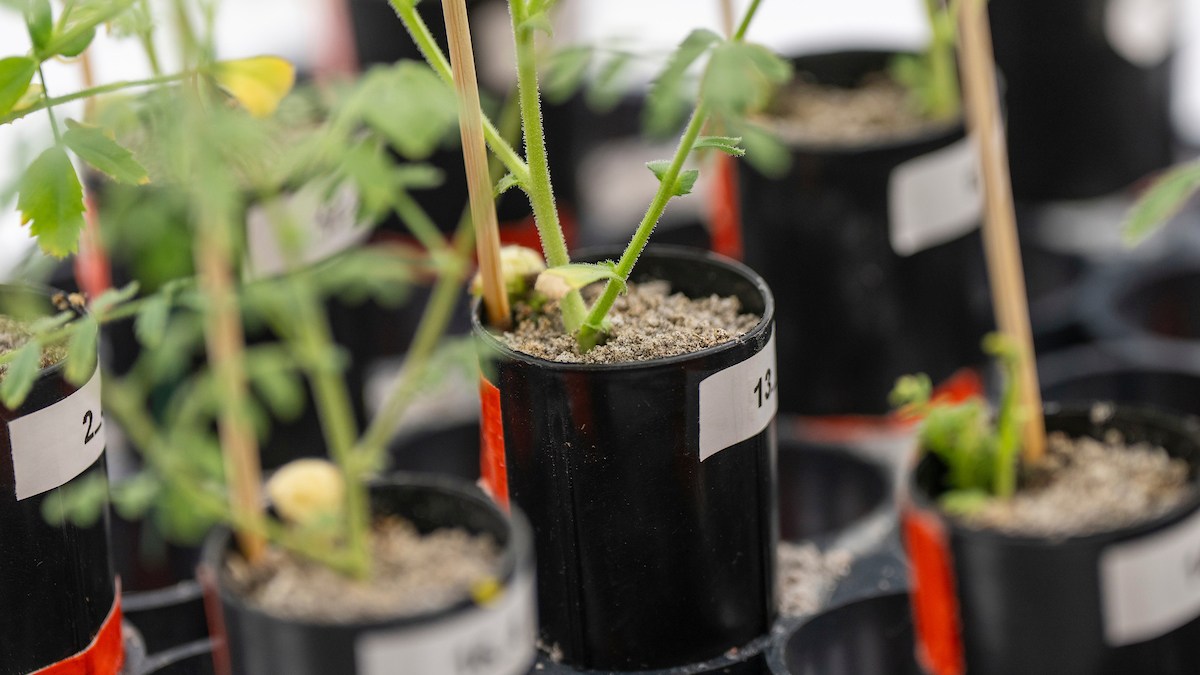

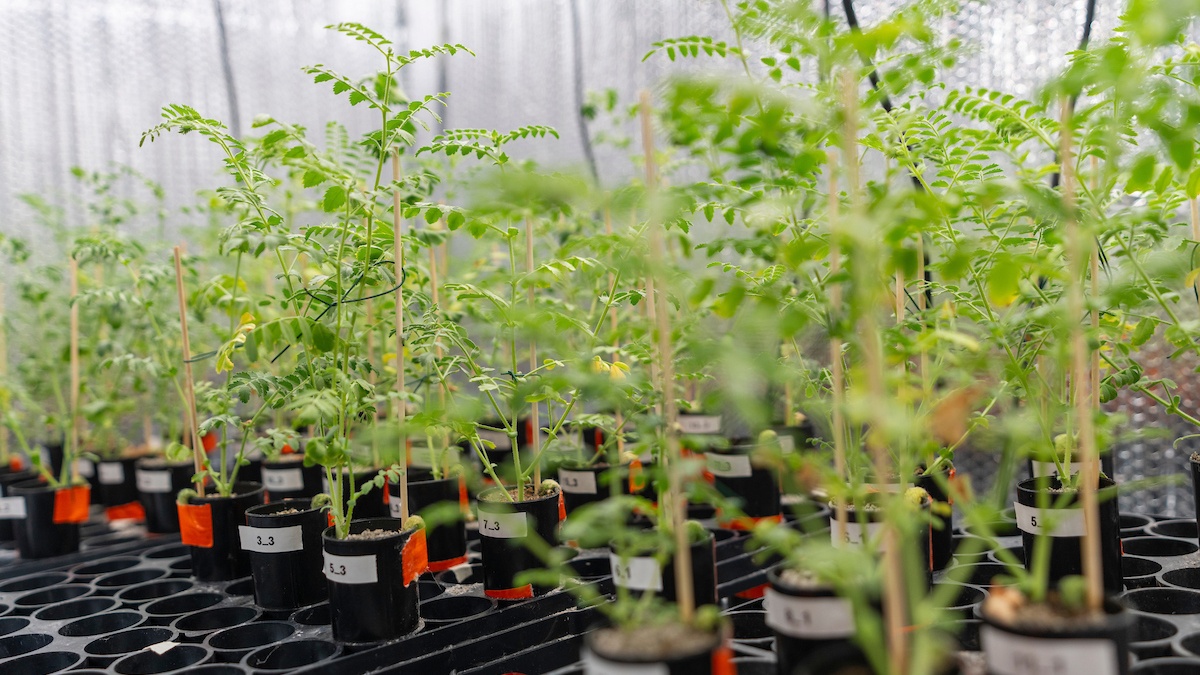
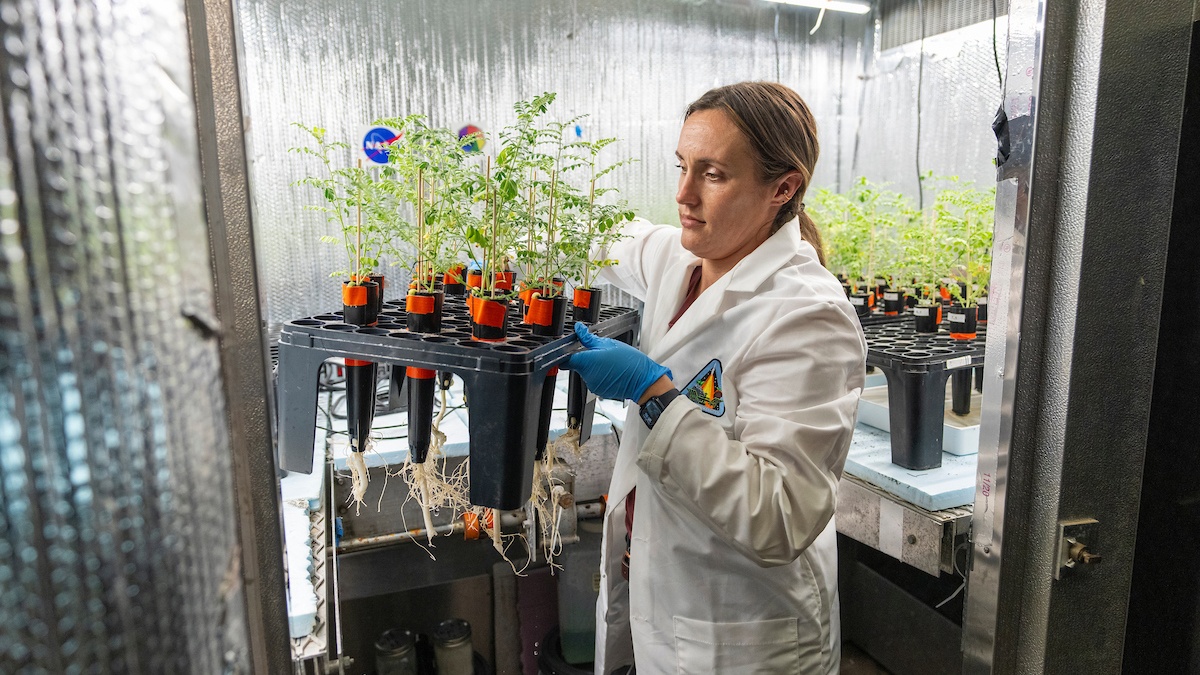
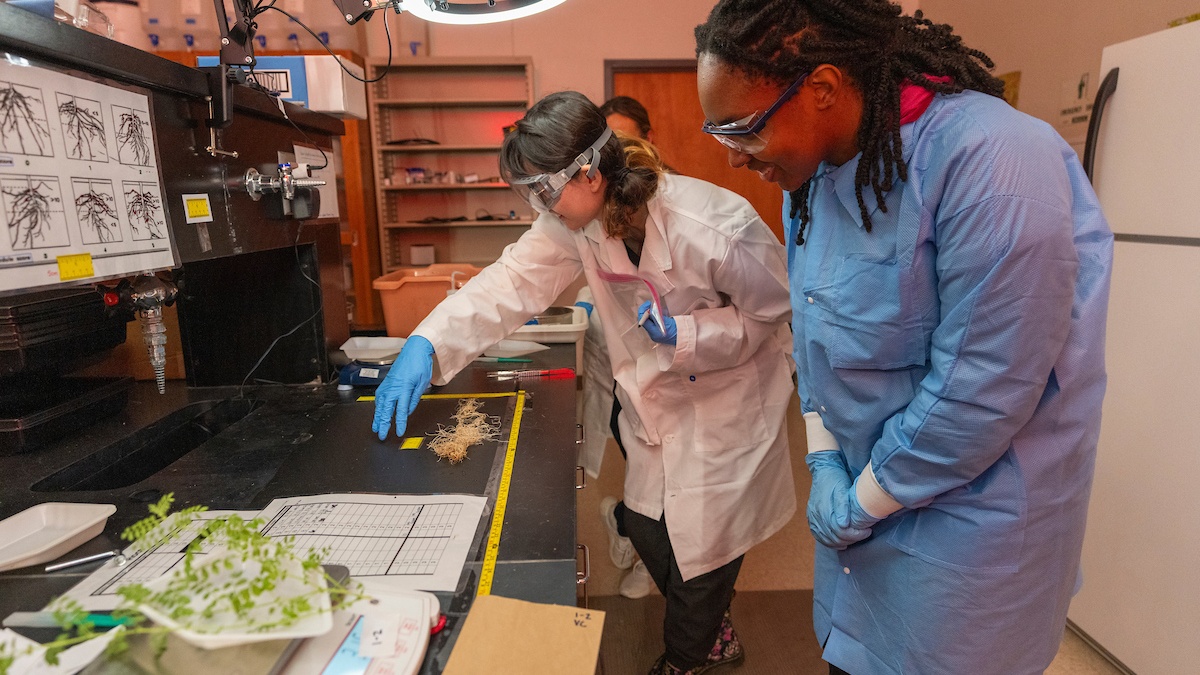
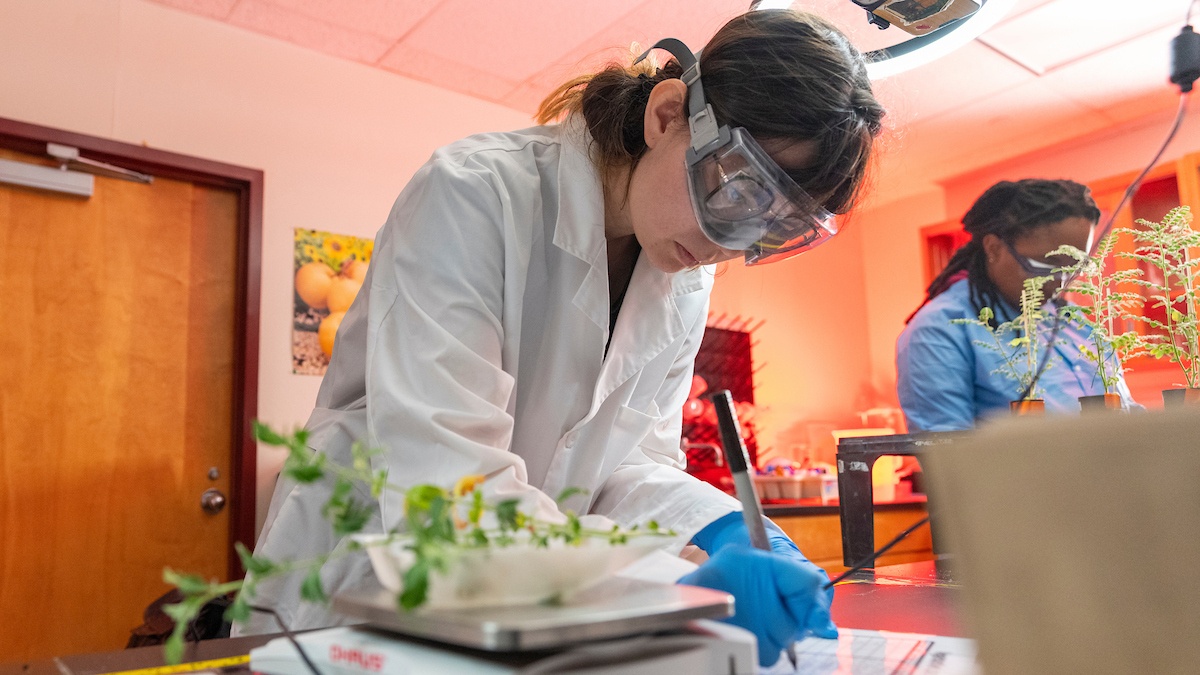
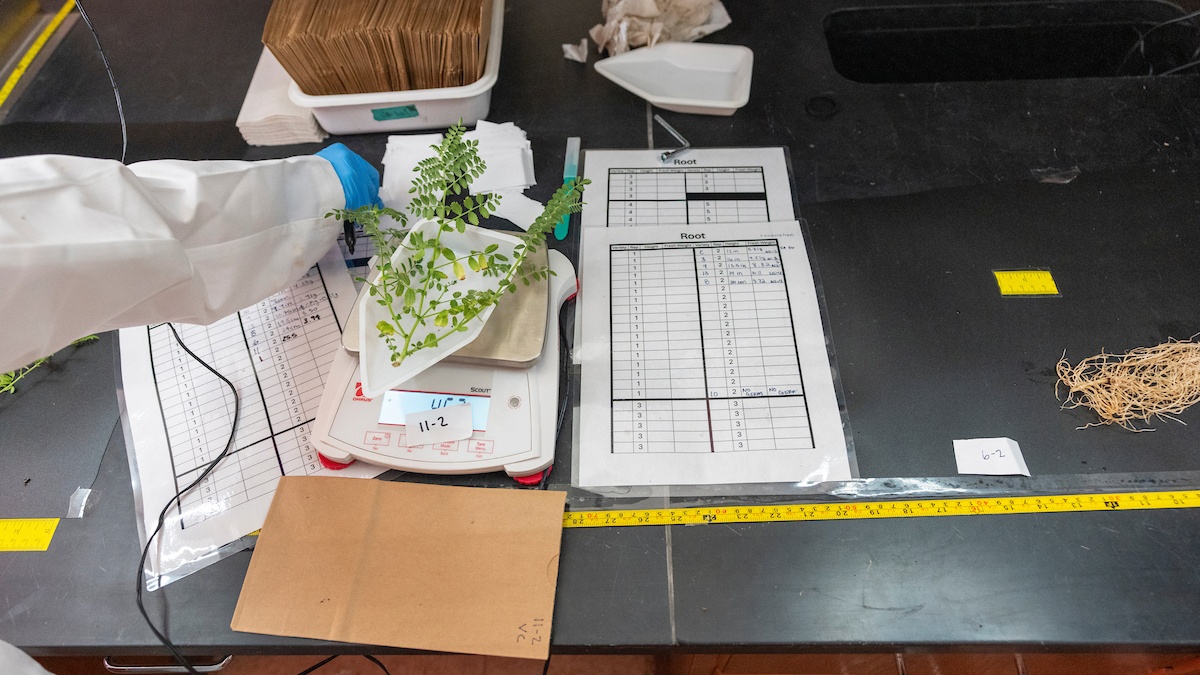

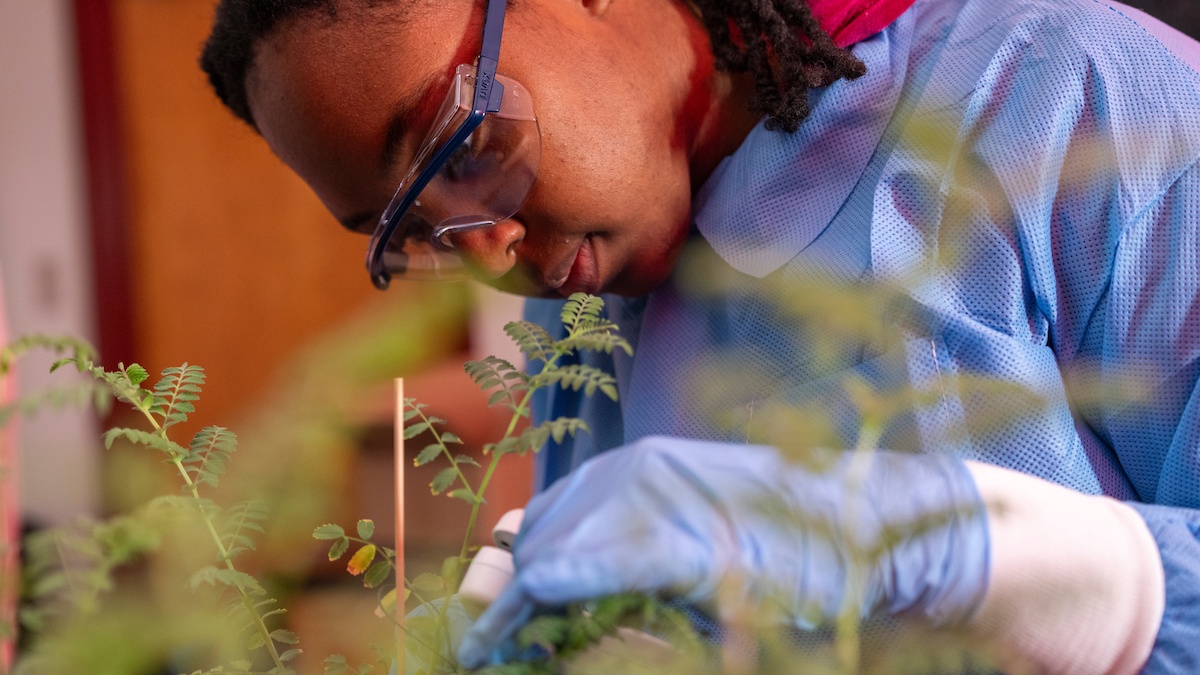
Photos courtesy of Texas A&M AgriLife
To help address some of those challenges, Atkin has been developing a soil amendment to improve the structure and nutrient composition of lunar dust, making it suitable for growing crops.
Atkin says there is more work to be done to ensure the health of the plants and then transfer the process to other crops. Having the ability to grow crops in space could be a long-term solution for waste reduction and fewer resupply missions.
